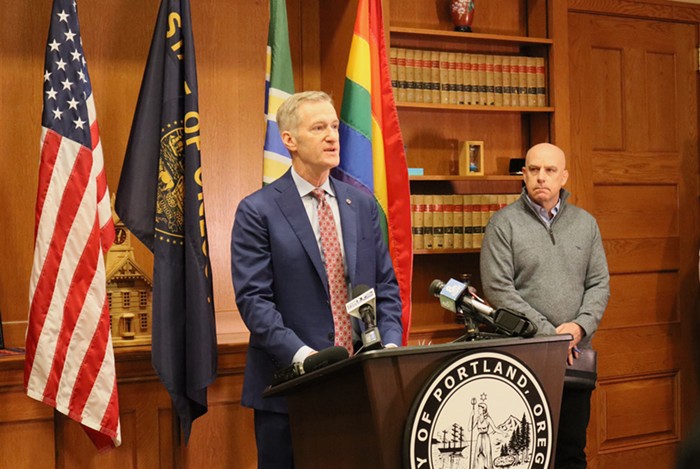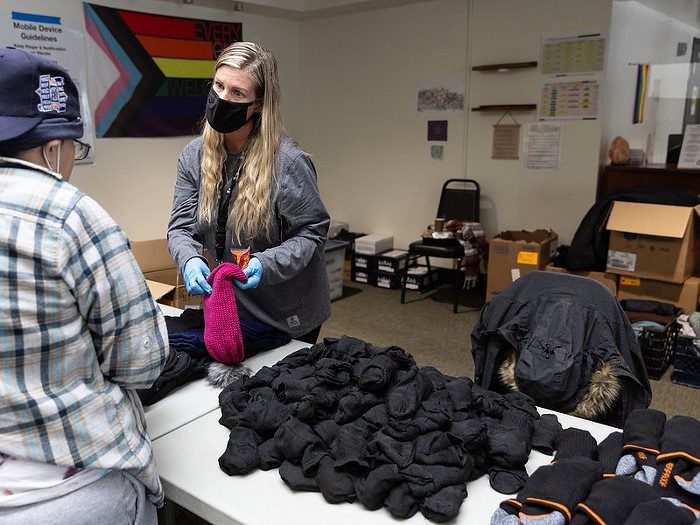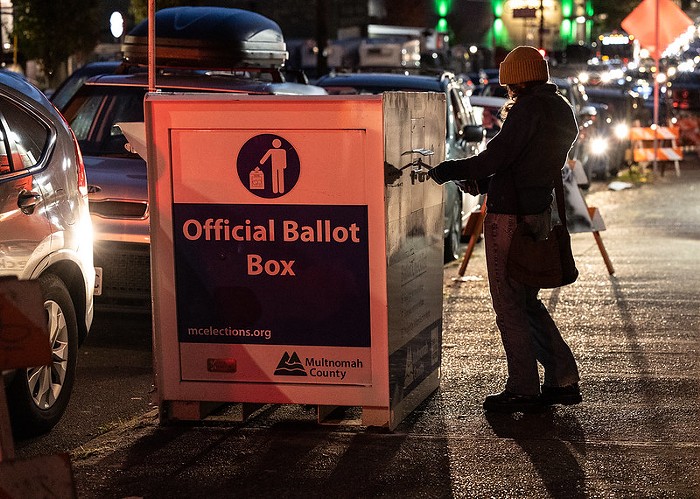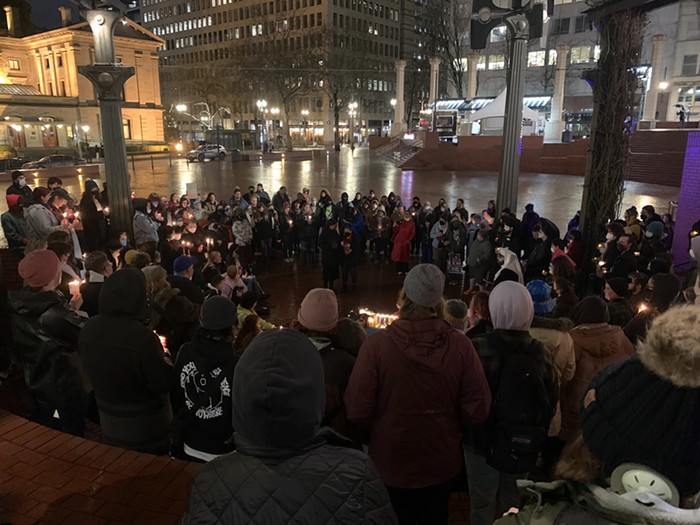IN THE PAST 20 YEARS, Oregon has doubled the number of people in its jails and prisons. And now it looks like the state will spend another $33 million to put 1,000 more people in prison, enacting a "tough on crime" law that even criminal justice officials worry will be a costly burden.
The Oregon Criminal Justice Commission believes Measure 57, which voters passed in 2008, is a waste of money. Social justice advocates say it will hurt women especially. But, after a move from the governor's office to suspend the measure until 2014 stalled in the legislature, Measure 57 is set to take effect this January, despite its drawbacks.
The law began life as a compromise: Legislators whipped up Measure 57 in 2008 as a reasonable alternative to a stiffer mandatory minimums measure written by perennial petitioner Kevin Mannix. The measure spelled out mandatory prison sentences for a handful of drug and property crimes, like 24 months for repeat identity theft and 34 months for dealing cocaine. In contrast to Mannix's measure, it won big backers (such as Attorney General John Kroger) by also promising to include addiction treatment.
Strapped for cash, the legislature suspended the measure for two years in 2010. This time around, the governor's budget assumed the legislature would pass another two-year suspension. But as of this week, the bill to suspend Measure 57 until 2014 is stalled in committee—a death sentence for the suspension as the legislature ends its session.
Because women are more likely to commit property and drug crimes than violent crimes, the new sentencing laws will have a particularly harsh impact on them. Female convicts make up only 7.5 percent of the current Oregon prison population, but state projections show women will make up 20 percent of those handed longer sentences under Measure 57.
That's troubling, says Partnership for Safety and Justice advocate Caylor Roling because it could bump the state's only women's prison—Coffee Creek—over capacity, and also because women are more likely to face sexual assault inside prison and leave behind young children on the outside.
When the measure takes effect, the state will have to scramble for the money to fund the longer prison sentences. The cost of the stiffer sentences is small at first (only $2.2 million in the next two years) but requires $121 million to $260 million for 900 new prison beds over the next decade.
Adding salt to that wound, the legislature has cut the treatment portions of the law—the very sections lawmakers championed in 2008—to bring down its cost.
State officials in charge of criminal justice see the measure's beefed-up sentencing as unnecessary. Instead, the statistics show, crime has recently decreased rapidly in Oregon without needing to put more people in prison.
From 1995 to 2000, the state's incarceration rate grew 50 percent while property crime dropped 20 percent. But since 2005, incarceration rates have flat-lined even as property crime rates still fell, by 30 percent.
"Property crime rates have dropped substantially without having to use as much prison as [Measure 57] will require," says Criminal Justice Commission Executive Director Craig Prins. "This money could be better spent on treatment, jails, and youth services."
However, he notes, "A vote to suspend it again would be fodder for political attacks."
Several Republicans who voted to suspend Measure 57 two years ago have become targets this spring. Representative Vicki Berger, R-Salem, was one of the politicians who anti-crime groups hit with robocalls to voters in her district, as well as radio and print ads.
"It's not, I think, appropriate because it's not about facts. It's about emotion. It's not about advocacy. It's a PR campaign to influence my vote," says Berger.
Both Crime Victims United and Kevin Mannix's Oregon Anti-Crime Alliance declined to comment on this story, but campaign finance records show that Crime Victims United, in the past month, has spent $7,317 on radio and newspaper ads around the state.



















